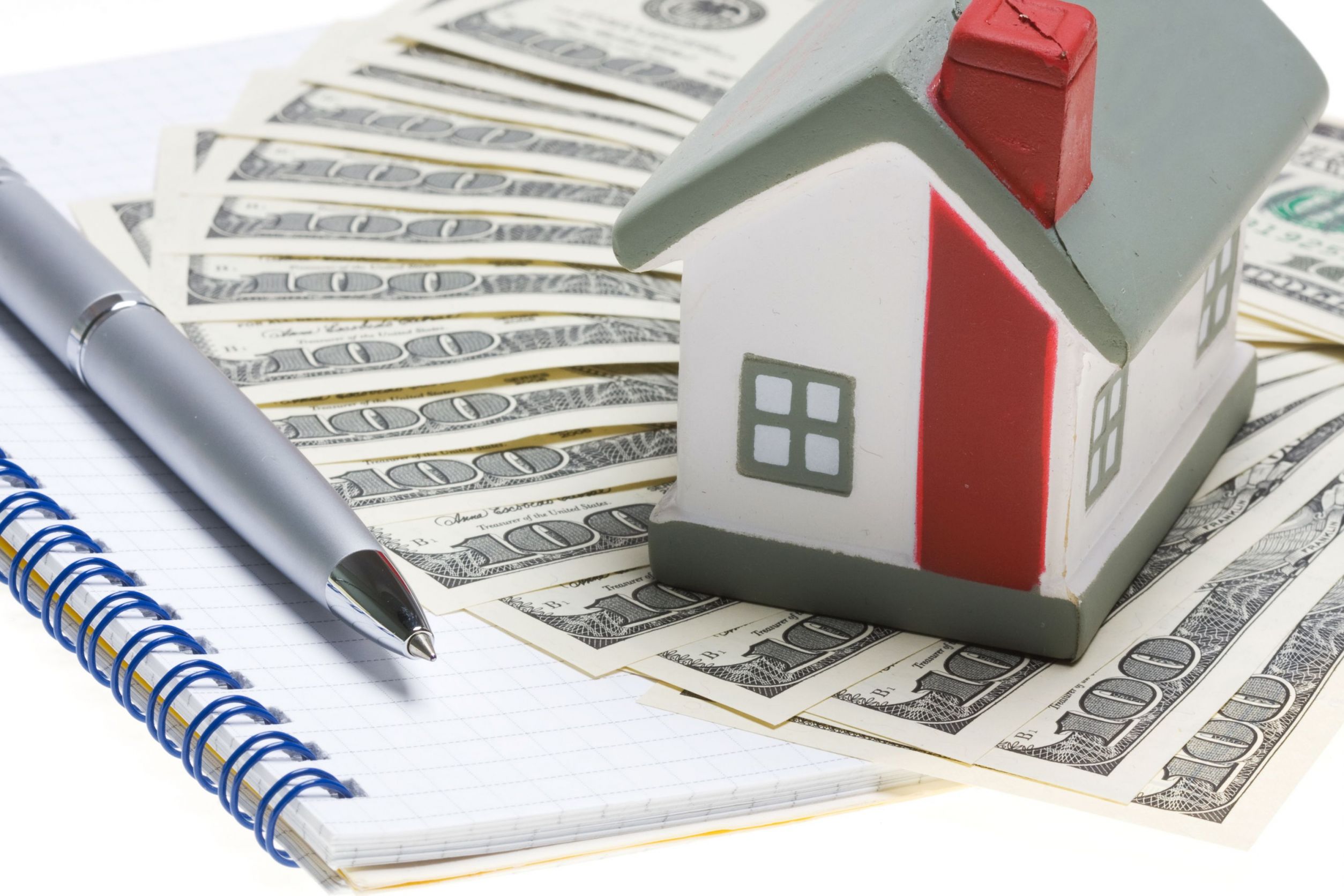It is important to realize that the United States government, as well as many state governments, offers a range of different programs and incentives that encourage businesses and commercial property owners and leaseholders to reduce the amount of fossil fuels and electric energy that they use. One such program is the EPACT 179D deduction, which is not technically a LEED program but it creates the same incentive to reduce the use of energy within three specific building subsystems.
What is LEED Certification?
While LEED or Leadership in Energy and Environmental Certification is not required to qualify for the 179D deduction, once LEED Certification is provided the deduction is typically very easy to obtain.
LEED ratings for buildings are provided based on the design, construction, maintenance and operation of buildings built to specific standards that use environmentally friendly materials, building designs and methods, and that include the effective use of all resources.
What is the EPACT 179D Program?
The EPACT 179D program applies to buildings, both new construction and existing commercial buildings, that were upgraded or put into service between December 31, 2005 and January , 2014.
These buildings meet specific energy reduction percentages in three different subsystems based on the ASHRAE 90.1-2001 standards. These include the interior lighting, the building envelope and the HVAC system which includes the water heating system. There are no other factors, subsystems or “green” requirements to the 179Ddeduction.
It is actually a tax deduction, not a certification, and it allows the commercial property owner, leaseholder or other parties such as architects or developers, to be able to claim up to a maximum of $1.80 per square foot for specific minimum levels energy use reduction across all three subsystems.
So, while the EPACT 179D and the LEED Certification are very different in scope and application, they are both considered to be part of the overall trend to energy efficiency and responsible building and retrofitting of commercial buildings to help to reduce energy use.
These programs, which are voluntary, have had a positive impact on decreasing energy use across the commercial sector in the United States. More incentives and tax deductions in the future will hopefully continue to enhance this positive trend. For more information read more.




